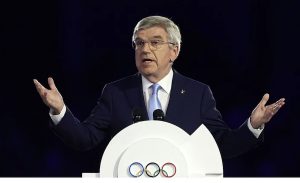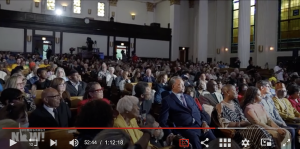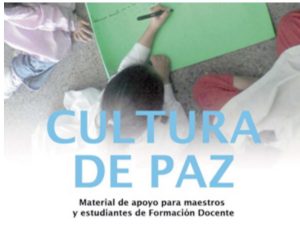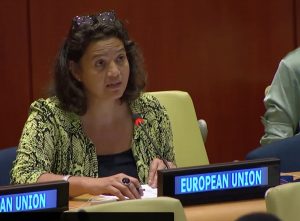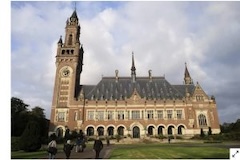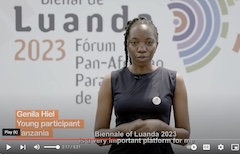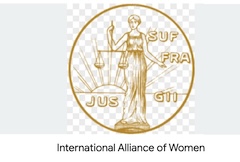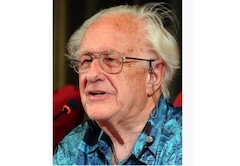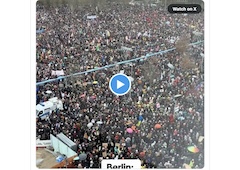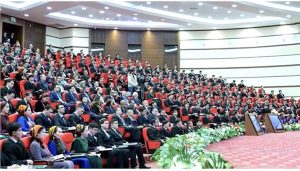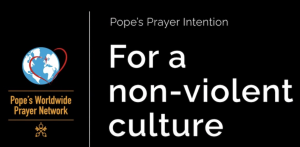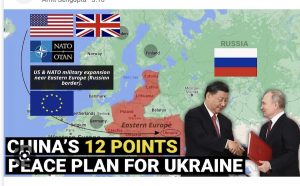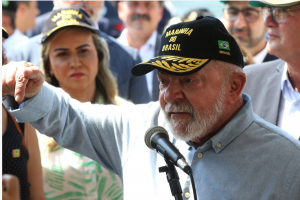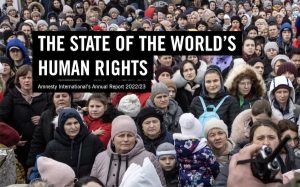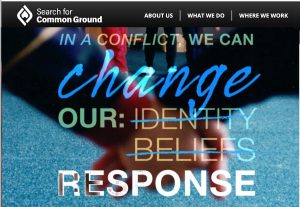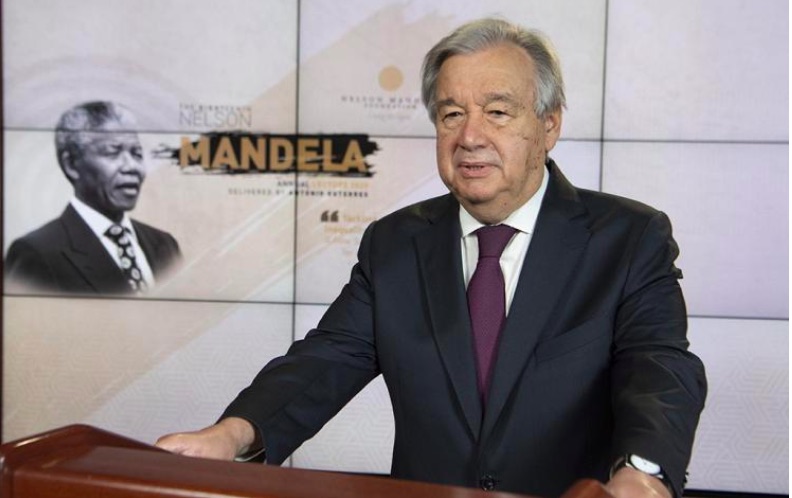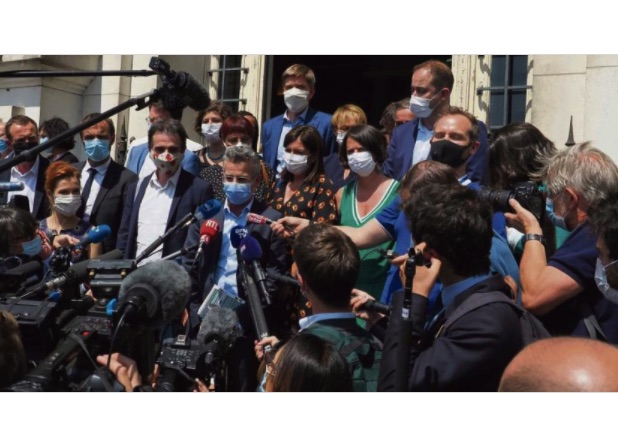The first was in June when the United Nations announced that the theme of this year’s International Day of Peace is “cultivating a culture of peace.” The announcement began “This year marks the 25th anniversary of the United Nations General Assembly’s adoption of the Declaration and Programme of Action on a Culture of Peace.” The Declaration and Programme of Action, adopted in 1999, not only defines the culture of peace in terms of eight principal characteristics, but also provides programmatic proposals for their achievement.
The second came on August 2 when the UN General Assembly held its annual High-Level Forum on the Culture of Peace. Here, too, there were many references to the Declaration and Programme of Action on a Culture of Peace, for which this is the 25th anniversary.
A high-point of the forum was the presentation by the European Union, which said that it “expresses its full support for the Culture of Peace agenda. . . The Declaration and Programme of Action on a Culture of Peace with its eight pillars remains as valid today as it was in 1999. . . the European Union fully agrees that we must cultivate and nurture a Culture of Peace for present and future generations. . . . To conclude, Mr President, you can count on the EU’s full commitment to contribute to the effective implementation of the UN Culture of Peace agenda.”
The third came on August 11, when the President of the International Olympic Committee Thomas Bach said the following in his speech addressing the athletes at the Closing Ceremony:
“During all this time, you lived peacefully together under one roof in the Olympic Village. You embraced each other. You respected each other, even if your countries are divided by war and conflict. You created a culture of peace. . . . We know that the Olympic Games cannot create peace. But the Olympic Games can create a culture of peace that inspires the world. This is why I call on everyone who shares this Olympic spirit: let us live this culture of peace every single day.”
The culture of peace will continue to be in the news throughout the month of September as the International Day of Peace is celebrated around the world. An example comes from San Francisco, where a major, day-long celebration is planned by Pathways to Peace to be held in the central plaza and broadcast internationally.
The culture of peace is not mentioned specifically, but in fact the recent statements of the great expert on conflict resolution, John Paul Lederach, indicate that the only way to avoid a civil war in the United States, with its momentous consequences, is to carry out the following actions which are essential to a culture of peace:
“1. We need to reach beyond our isolated bubbles and open conversations with the perceived enemies in our communities.
2. We have to rehumanize our adversaries; We must have the courage to confront dehumanizing language and behavior, especialy when it comes from within our closest circles.
3. We need to stick with it. We can’t just pull away when difficult issues emerge.”
The explicit high-level references to the culture of peace, as well the urgency for culture of peace actions at this moment of history, make it seem more likely that the answer is positive for the question posed at the end of last month’s bulletin:
“Twenty four years ago there was a powerful pressure for peace in the 75 million people who signed the Manifesto 2000 during the International Year for the Culture of Peace. Has the time come when we need a new manifesto, like the Manifesto 2025 proposed in our most recent blog?”
|
DEMOCRATIC PARTICIPATION |
HUMAN RIGHTS |
SUSTAINABLE DEVELOPMENT |
WOMEN’S EQUALITY |
|
TOLERANCE & SOLIDARITY |
EDUCATION FOR PEACE |
DISARMAMENT & SECURITY |
FREE FLOW OF INFORMATION |
